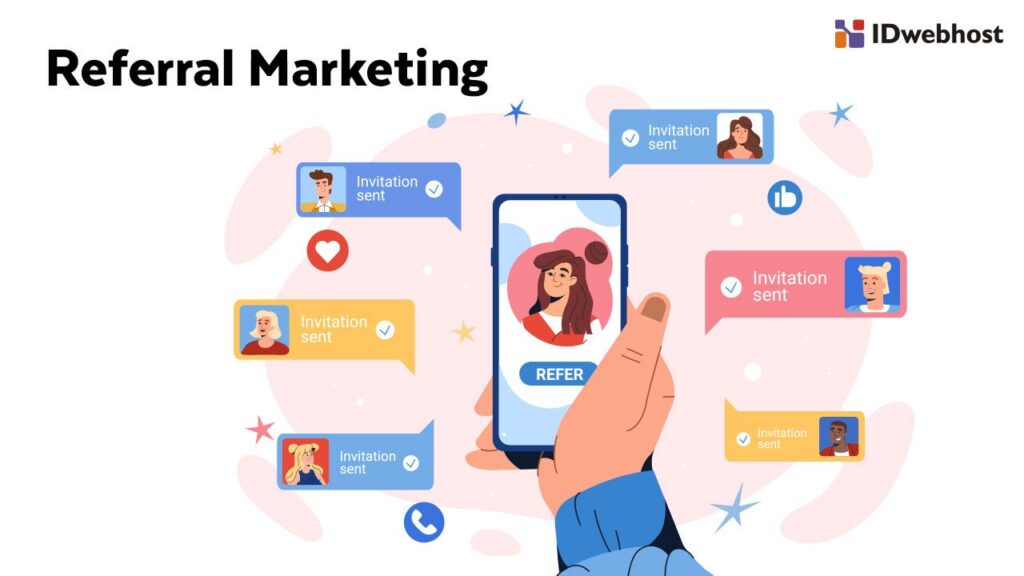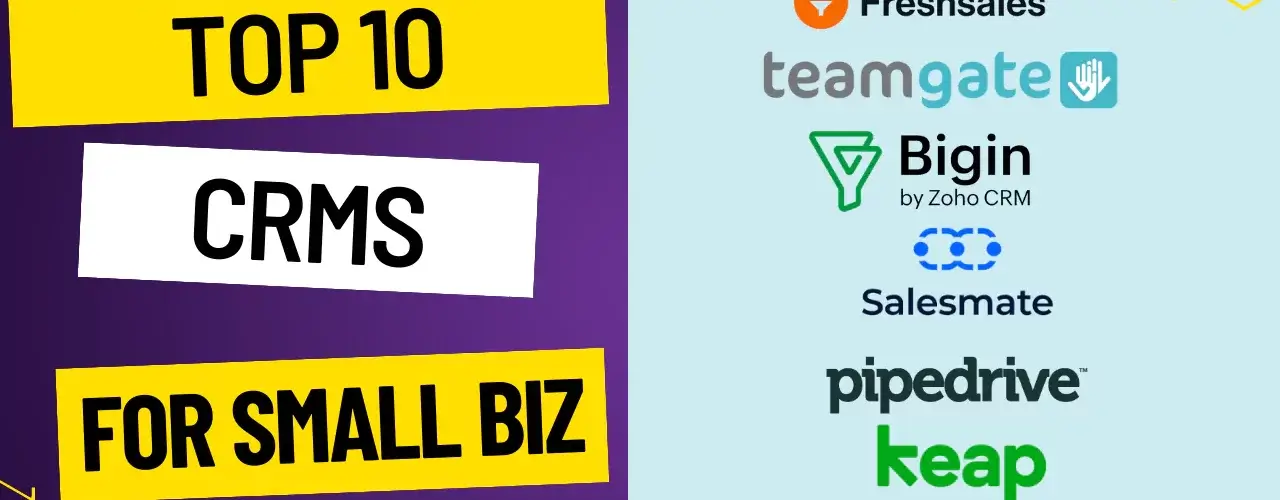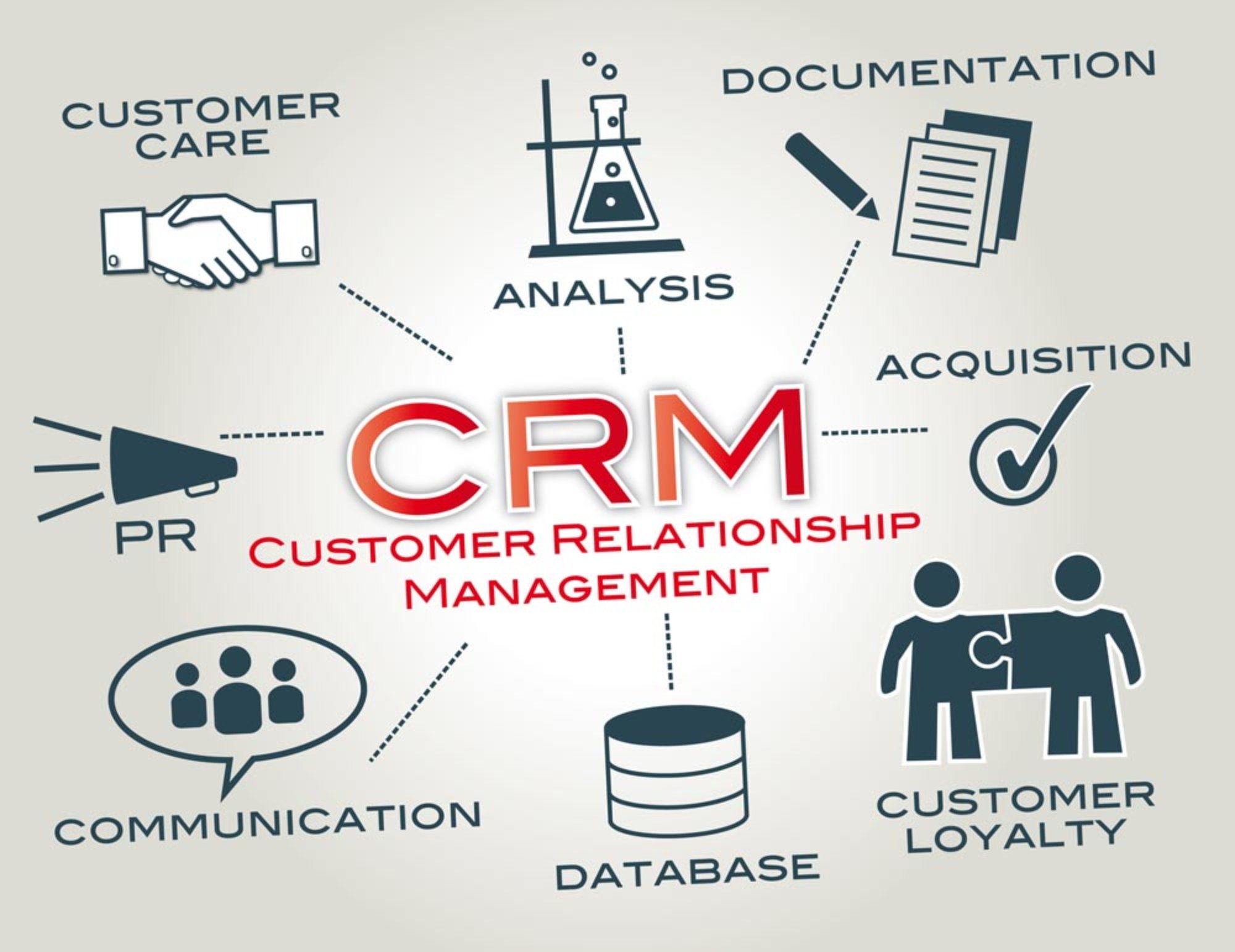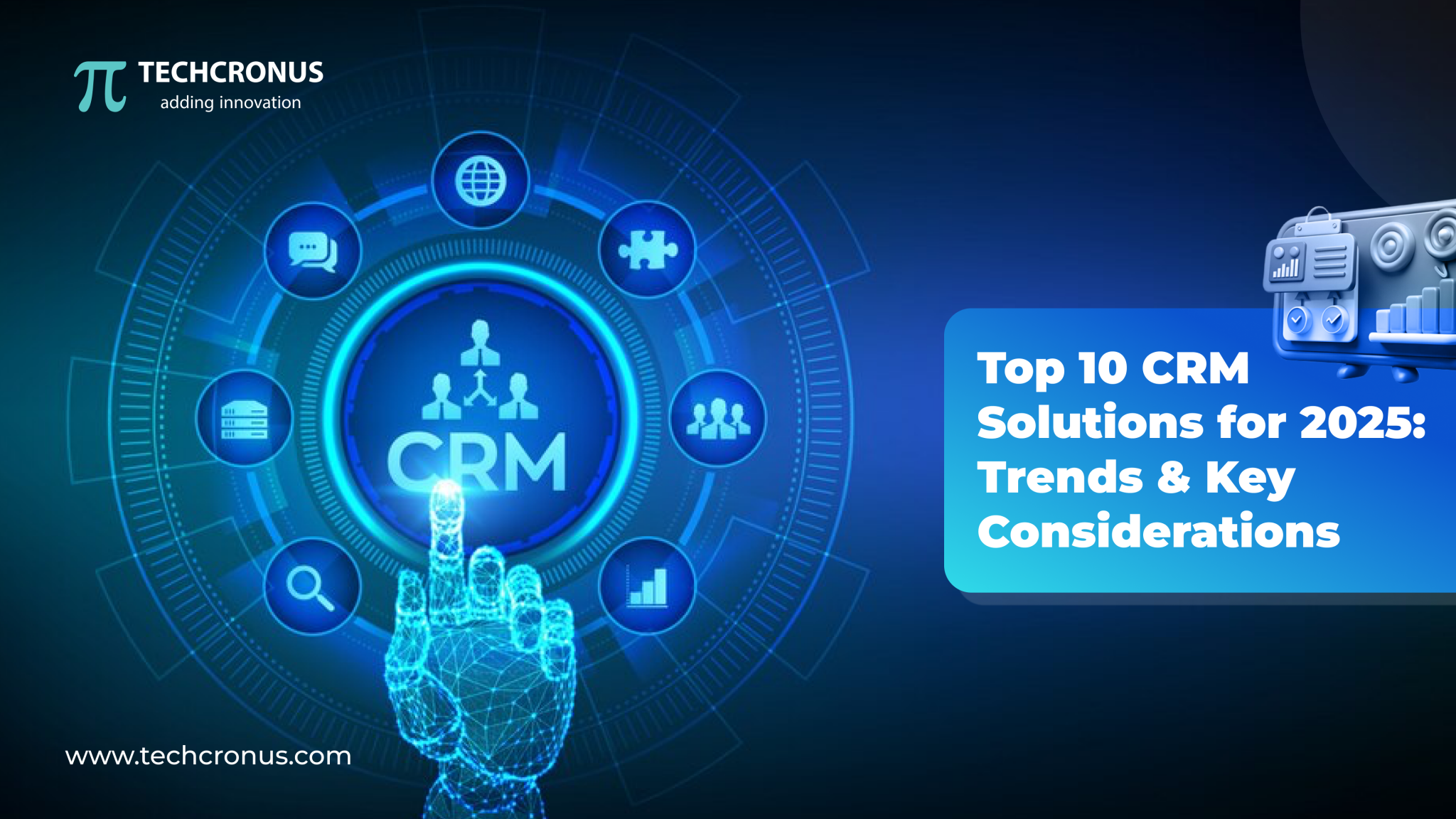
Supercharge Your Growth: Mastering CRM, Referral Marketing, and the Ultimate Customer Journey
In today’s hyper-competitive business landscape, simply having a great product or service isn’t enough. You need a strategy, a system, a way to not just attract customers, but to keep them coming back for more, and even bring their friends along for the ride. This is where the power of a well-integrated approach to Customer Relationship Management (CRM) and referral marketing comes into play. This comprehensive guide will delve deep into these two crucial areas, providing you with the knowledge and tools you need to build a thriving business.
Understanding the Core: CRM and its Pillars
At its heart, CRM is about understanding your customers. It’s about building relationships, providing exceptional service, and tailoring your interactions to meet their individual needs. A robust CRM system acts as the central nervous system of your business, collecting and organizing all customer data in one accessible place.
But CRM is more than just software; it’s a philosophy, a way of doing business. It’s about putting the customer first and making every interaction count. Let’s break down the key pillars of a successful CRM strategy:
1. Data Collection and Management
The foundation of any effective CRM system is accurate and comprehensive data. This includes everything from basic contact information (name, email, phone number) to detailed purchase history, communication logs, and website activity. The more you know about your customers, the better equipped you are to serve them.
Data collection can come from various sources, including:
- Website Forms: Capture leads and gather information through contact forms, newsletter sign-ups, and other online interactions.
- Sales Interactions: Record details from phone calls, emails, and in-person meetings.
- Customer Service Interactions: Track support tickets, complaints, and resolutions.
- Social Media: Monitor social media mentions and engage with customers online.
- Third-Party Integrations: Connect your CRM with other tools like email marketing platforms and e-commerce systems to automatically sync data.
Once you’ve collected the data, it’s crucial to manage it effectively. This involves cleaning and organizing the data, removing duplicates, and ensuring its accuracy. Regular data audits and updates are essential to maintain a healthy CRM database.
2. Segmentation and Targeting
Once you have a solid understanding of your customer base, you can segment them into different groups based on various criteria, such as demographics, purchase history, behavior, and interests. This allows you to tailor your marketing messages and offers to specific segments, increasing the likelihood of engagement and conversions.
For example, you might segment your customers based on:
- Purchase History: Customers who have purchased a specific product or service.
- Demographics: Customers based on age, location, or income.
- Engagement Level: Customers who frequently open your emails or visit your website.
- Customer Lifetime Value (CLTV): Customers with the highest potential for long-term value.
By segmenting your audience, you can create targeted marketing campaigns that resonate with each group, leading to higher conversion rates and a better return on investment (ROI).
3. Communication and Engagement
Effective communication is the cornerstone of any successful customer relationship. Your CRM system should enable you to communicate with customers through various channels, including email, phone, SMS, and social media. The key is to provide relevant, timely, and personalized communication that adds value to the customer experience.
Consider these strategies for effective communication:
- Personalized Emails: Send targeted emails with personalized content, product recommendations, and exclusive offers.
- Automated Workflows: Set up automated email sequences to nurture leads, onboard new customers, and follow up on inquiries.
- Proactive Customer Service: Reach out to customers proactively to address their concerns or offer assistance.
- Social Media Engagement: Monitor social media mentions and engage with customers online to build relationships and address issues.
- Consistent Branding: Maintain a consistent brand voice and messaging across all communication channels.
The goal is to build a two-way dialogue with your customers, fostering trust and loyalty.
4. Sales Automation and Efficiency
CRM systems can automate many time-consuming sales tasks, freeing up your sales team to focus on building relationships and closing deals. This includes automating lead qualification, lead assignment, follow-up emails, and sales reporting.
Sales automation can significantly improve sales efficiency and productivity. Here are some examples:
- Lead Scoring: Automatically score leads based on their engagement and behavior, prioritizing the most promising prospects.
- Automated Email Sequences: Set up automated email sequences to nurture leads and move them through the sales pipeline.
- Task Management: Assign tasks to sales reps and track their progress.
- Sales Reporting: Generate reports on sales performance, including sales metrics, conversion rates, and revenue generated.
- Quote Generation: Automate the process of generating and delivering quotes to potential customers.
By automating these tasks, you can streamline your sales process, reduce manual effort, and increase your sales team’s overall productivity.
5. Analytics and Reporting
A robust CRM system provides valuable insights into your customer data and sales performance. Analytics and reporting capabilities allow you to track key metrics, identify trends, and make data-driven decisions. This includes tracking:
- Sales Metrics: Revenue, conversion rates, average deal size, and sales cycle length.
- Customer Behavior: Website activity, email engagement, and purchase history.
- Marketing Performance: ROI of marketing campaigns and lead generation sources.
- Customer Satisfaction: Customer satisfaction scores, Net Promoter Scores (NPS), and customer feedback.
By analyzing these metrics, you can identify areas for improvement, optimize your marketing efforts, and improve your overall business performance. Regular reporting is crucial for monitoring your progress and making adjustments to your strategy as needed.
Unveiling the Power of Referral Marketing
Referral marketing is one of the most effective ways to acquire new customers. It leverages the power of word-of-mouth marketing by encouraging your existing customers to refer their friends and family to your business. It’s a win-win situation: your customers get rewarded for their referrals, and you gain access to a highly targeted and engaged audience.
Referral marketing is based on the principle of social proof. People are more likely to trust recommendations from people they know and trust than from traditional advertising. This makes referral marketing a powerful tool for building brand awareness, driving sales, and increasing customer loyalty.
1. Understanding the Benefits of Referral Marketing
Referral marketing offers a multitude of benefits for businesses of all sizes:
- Increased Customer Acquisition: Referral programs can significantly increase your customer acquisition rate by leveraging your existing customer base.
- Higher Conversion Rates: Referred customers are often more likely to convert than leads from other sources, as they are already pre-qualified and have a higher level of trust.
- Lower Customer Acquisition Cost (CAC): Referral marketing can be a cost-effective way to acquire new customers, as you only pay for successful referrals.
- Improved Customer Loyalty: Referral programs can foster customer loyalty by rewarding customers for their referrals and creating a sense of community.
- Enhanced Brand Awareness: Referral programs can increase brand awareness by encouraging customers to share your brand with their network.
- Higher Customer Lifetime Value (CLTV): Referred customers often have a higher CLTV, as they are more likely to become loyal customers and make repeat purchases.
2. Designing a Successful Referral Program
Creating a successful referral program requires careful planning and execution. Here are some key elements to consider:
- Define Your Goals: What do you want to achieve with your referral program? (e.g., increase sales, acquire new customers, increase brand awareness)
- Choose Your Rewards: Offer incentives that are attractive to your customers and align with your brand. (e.g., discounts, free products, store credit)
- Make it Easy to Refer: Provide a simple and seamless referral process. (e.g., unique referral links, shareable social media posts)
- Track and Measure Your Results: Monitor your referral program’s performance to identify areas for improvement. (e.g., number of referrals, conversion rates, revenue generated)
- Promote Your Program: Make sure your customers are aware of your referral program. (e.g., email marketing, social media, website banners)
- Comply with Regulations: Be sure your program complies with all relevant laws and regulations regarding referral marketing.
3. Choosing the Right Rewards
The rewards you offer in your referral program are critical to its success. They need to be appealing to your customers and provide enough incentive for them to participate. Consider these reward options:
- Discounts: Offer a percentage or fixed-amount discount on their next purchase.
- Free Products: Give away a free product or service.
- Store Credit: Provide store credit that can be used for future purchases.
- Exclusive Access: Grant access to exclusive content, events, or early product releases.
- Cash Rewards: Offer cash rewards, especially for B2B referrals.
- Tiered Rewards: Implement a tiered system where the rewards increase based on the number of referrals.
The best reward will vary depending on your industry, your target audience, and your budget. The key is to test different options and see what resonates best with your customers.
4. Promoting Your Referral Program
Once you’ve created your referral program, you need to promote it effectively to ensure that your customers are aware of it and encouraged to participate. Here are some effective promotion strategies:
- Email Marketing: Send targeted emails to your customers, announcing your referral program and explaining how it works.
- Website Banners: Display eye-catching banners on your website, promoting your referral program.
- Social Media: Share your referral program on social media, encouraging your followers to participate.
- In-App Notifications: If you have a mobile app, use in-app notifications to promote your referral program.
- Post-Purchase Confirmation: Include a referral link in your post-purchase confirmation emails.
- Customer Service: Train your customer service team to inform customers about the referral program.
- Landing Page: Create a dedicated landing page that details the referral program and makes it easy for customers to refer their friends.
The goal is to make it easy for your customers to learn about your referral program and to encourage them to share it with their network.
Integrating CRM and Referral Marketing: A Powerful Synergy
The true power of CRM and referral marketing comes when you integrate them. By combining the data-driven insights of CRM with the word-of-mouth power of referrals, you can create a highly effective growth engine.
Here’s how you can integrate CRM and referral marketing:
1. Identify and Segment Your Advocates
Your CRM system can help you identify your most loyal and engaged customers, who are the ideal candidates for your referral program. You can segment your customers based on:
- Purchase History: Customers who frequently purchase from you.
- Customer Lifetime Value (CLTV): Customers with the highest CLTV.
- Engagement Level: Customers who frequently open your emails, visit your website, and engage with your brand on social media.
- Customer Satisfaction: Customers who have consistently given positive feedback.
By identifying and segmenting your advocates, you can target them with personalized referral program invitations, increasing the likelihood of participation.
2. Automate Referral Program Invitations
Use your CRM system to automate the process of sending referral program invitations to your identified advocates. You can trigger these invitations based on specific actions, such as:
- Purchase Confirmation: Send a referral invitation after a customer makes a purchase.
- Customer Onboarding: Include a referral invitation as part of your customer onboarding process.
- Milestone Reached: Send a referral invitation when a customer reaches a specific milestone (e.g., their 10th purchase).
- After Positive Feedback: Send an invitation after a customer leaves positive feedback.
Automating these invitations saves you time and ensures that your advocates are consistently reminded of your referral program.
3. Track and Measure Referral Performance in Your CRM
Integrate your referral program with your CRM system to track and measure the performance of your referral program. This allows you to:
- Track Referrals: See which customers are referring the most new customers.
- Track Conversions: See how many referrals are converting into paying customers.
- Calculate ROI: Calculate the return on investment of your referral program.
- Analyze Customer Behavior: Understand the behavior of referred customers.
By tracking and measuring your referral performance in your CRM, you can optimize your referral program and improve your overall ROI.
4. Personalize Referral Messages
Use the data in your CRM system to personalize your referral messages. Tailor your messages to the specific needs and interests of your customers. For example:
- Use the Customer’s Name: Personalize the message with the customer’s name.
- Referral Based on Purchase: Suggest to refer friends who might enjoy similar products or services.
- Highlight Specific Benefits: Emphasize the benefits of your product or service that are most relevant to the customer’s interests.
Personalized messages are more likely to resonate with your customers, leading to higher conversion rates.
5. Reward Referrals Automatically
Automate the process of rewarding referrals within your CRM system. When a referral is successful, your CRM system should automatically:
- Notify the Referrer: Notify the referrer that their referral has been successful.
- Issue Rewards: Automatically issue the rewards to the referrer (e.g., discounts, free products, store credit).
- Update Customer Records: Update the customer records to reflect the successful referral and the rewards issued.
Automating the reward process saves you time and ensures that your customers are rewarded promptly.
Putting It All Together: A Winning Strategy
Implementing a successful CRM and referral marketing strategy requires a holistic approach. Here’s a step-by-step guide to get you started:
- Choose Your CRM System: Select a CRM system that meets your business needs. Consider factors like features, scalability, and integrations.
- Implement Your CRM: Implement your CRM system and integrate it with your other business tools.
- Clean and Organize Your Data: Clean and organize your customer data to ensure its accuracy.
- Segment Your Audience: Segment your audience based on their characteristics and behavior.
- Develop a Referral Program: Design a referral program that aligns with your business goals and target audience.
- Integrate Your CRM with Your Referral Program: Integrate your CRM system with your referral program platform.
- Automate Referral Invitations: Automate the process of sending referral program invitations.
- Track and Measure Your Results: Track and measure your referral program’s performance in your CRM.
- Personalize Your Messages: Personalize your referral messages based on customer data.
- Automate Rewards: Automate the process of rewarding referrals.
- Continuously Optimize: Continuously monitor your results and optimize your CRM and referral marketing strategies for maximum impact.
Common Pitfalls and How to Avoid Them
While CRM and referral marketing can be incredibly effective, there are common pitfalls that businesses should avoid. Here are some of the most common mistakes and how to overcome them:
- Lack of Data Accuracy: Inaccurate data can lead to incorrect segmentation, ineffective targeting, and wasted marketing efforts. Ensure your data is accurate and regularly updated.
- Poor Data Management: If you don’t manage your data effectively, it can become disorganized and difficult to use. Implement data management best practices.
- Ignoring Customer Feedback: Failing to listen to customer feedback can lead to dissatisfaction and churn. Actively solicit and respond to customer feedback.
- Generic Messaging: Generic messaging is ineffective. Personalize your messages to resonate with individual customers.
- Lack of Integration: If your CRM and referral program are not integrated, you will miss out on valuable insights and opportunities. Integrate your systems.
- Unclear Goals: Without clear goals, you won’t be able to measure your success or make informed decisions. Define your goals and track your progress.
- Neglecting Promotion: If you don’t promote your referral program effectively, your customers won’t know about it. Promote your program consistently.
- Inadequate Rewards: If your rewards are not attractive, your customers won’t participate. Offer appealing rewards.
- Failure to Adapt: The business landscape is constantly evolving. Be prepared to adapt your strategies as needed.
The Future of CRM and Referral Marketing
As technology continues to advance, the future of CRM and referral marketing is bright. Here are some trends to watch:
- Artificial Intelligence (AI): AI will play an increasingly important role in CRM, automating tasks, providing insights, and personalizing customer experiences.
- Machine Learning (ML): ML will be used to analyze customer data, predict customer behavior, and optimize marketing campaigns.
- Hyper-Personalization: Businesses will move towards hyper-personalization, tailoring every interaction to the individual customer.
- Omni-Channel Experience: Customers will expect a seamless experience across all channels, from website to mobile app to social media.
- Focus on Customer Experience: Businesses will prioritize customer experience, focusing on building strong relationships and providing exceptional service.
- Increased Automation: Automation will continue to grow, streamlining processes and freeing up employees to focus on higher-value tasks.
- Data Privacy: With growing concerns about data privacy, businesses will need to prioritize data security and compliance.
By staying ahead of these trends, you can position your business for success in the years to come.
Conclusion: Unleash Your Growth Potential
Mastering CRM and referral marketing is not just about implementing software or launching a program; it’s about building a customer-centric culture. It’s about understanding your customers, providing exceptional service, and rewarding them for their loyalty. By integrating these two powerful strategies, you can create a virtuous cycle of growth, driving customer acquisition, increasing customer lifetime value, and building a thriving business.
So, take the time to assess your current CRM and referral marketing efforts. Identify areas for improvement, and implement the strategies outlined in this guide. With dedication and a customer-first approach, you can unlock your business’s full growth potential and achieve lasting success. Embrace the power of CRM and referral marketing, and watch your business flourish!


